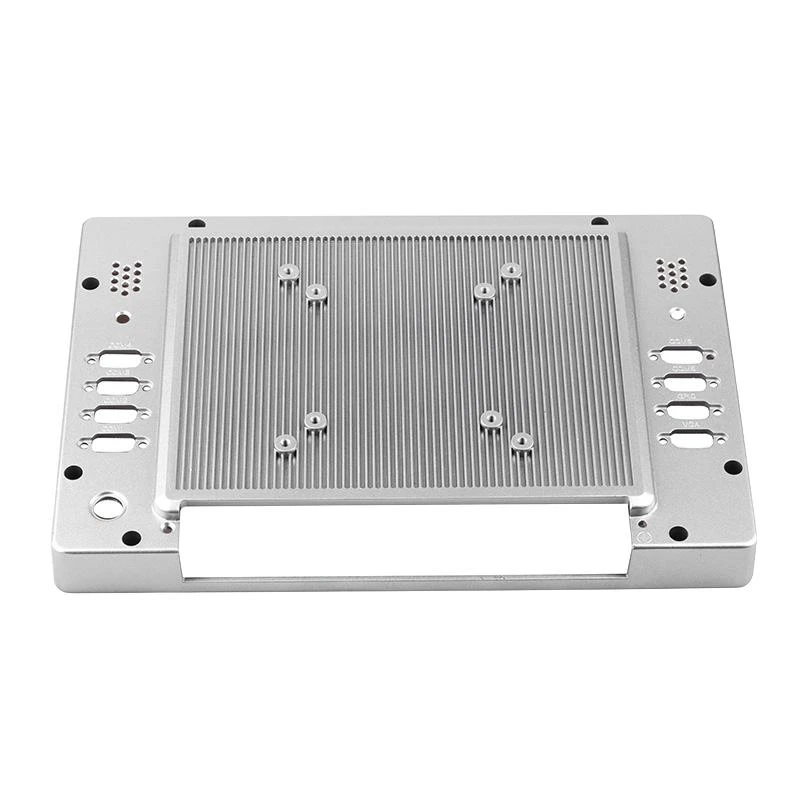investment precision casting factories
The Growth and Innovation of Investment Precision Casting Factories
Investment precision casting has emerged as a vital component in manufacturing, particularly for industries that require high-quality components with intricate designs. This method, also known as lost wax casting, offers numerous advantages, including improved accuracy, reduced waste, and enhanced surface finish. The evolution of investment precision casting factories over the years has led to significant advancements in technology, production methods, and applications across various sectors.
Understanding Investment Precision Casting
Investment casting is a process that involves creating a wax pattern of the desired part, which is then coated with a refractory material to form a shell. Once the shell is hardened, the wax is melted away, leaving a precise mold for molten metal. This detailed casting method allows for complex geometries that are often impossible or prohibitively expensive to achieve with traditional manufacturing processes such as machining or forging.
One of the key advantages of investment precision casting is its ability to produce parts with exceptional dimensional accuracy, often within tolerances of ±0.1 mm. This level of precision is crucial in industries such as aerospace, automotive, and medical device manufacturing, where even the slightest deviation can lead to catastrophic failures or compromised performance.
Technological Advancements
Investment precision casting factories have undergone significant transformations due to advancements in technology. The introduction of computer-aided design (CAD) and computer-aided manufacturing (CAM) has revolutionized the way patterns are designed and produced. These technologies enable engineers to create intricate designs with high levels of detail and ensure that each part meets strict performance standards.
Moreover, automation has played a pivotal role in improving the efficiency of casting processes. Automated systems streamline the production line, reduce labor costs, and minimize the chances of human error. Robotics are increasingly used in tasks such as shell building, pouring molten metal, and finishing processes, leading to faster turnaround times and enhanced production capabilities.
investment precision casting factories

Another notable trend is the use of advanced materials in the casting process. The development of new alloys has expanded the range of applications for investment casting. For instance, high-temperature superalloys are now commonly employed in the aerospace sector for turbine components, while corrosion-resistant materials are favored in the oil and gas industry.
Sustainability and Efficiency
As industries become more aware of environmental impacts, investment precision casting factories are adopting sustainable practices to decrease their carbon footprint. The process itself is inherently more sustainable than traditional casting methods, as it generates less waste material. Additionally, advancements in recycling technologies allow manufacturers to reclaim and reuse metal scrap, further promoting sustainability.
Energy efficiency is another crucial aspect driving innovation in investment precision casting. Many factories are investing in energy-efficient equipment and implementing practices that reduce energy consumption during production. These efforts not only benefit the environment but also lead to cost savings, making the factories more competitive in the global market.
The Future of Investment Precision Casting
Looking ahead, the future of investment precision casting appears promising. The continued integration of digital technologies, such as the Internet of Things (IoT) and artificial intelligence (AI), is expected to play a major role in enhancing operational efficiency and predictive maintenance. These technologies enable factories to monitor equipment health in real time, predict failures before they occur, and optimize production schedules.
Furthermore, as industries demand more complex and lightweight designs, investment precision casting will likely see increased demand. The automotive sector, in particular, is shifting towards electric vehicles, which require lightweight components to improve energy efficiency and performance. Investment casting is well-positioned to meet these evolving requirements.
In conclusion, investment precision casting factories represent a dynamic and innovative segment of the manufacturing industry. Their focus on precision, efficiency, and sustainability, alongside the adoption of cutting-edge technologies, ensures that they will remain at the forefront of advanced manufacturing processes. As industries continue to evolve, investment precision casting will play a crucial role in shaping the future of component production.
-
Aluminium Pressure Die Casting High-Precision & Durable Solutions for Complex PartsNewsJul.08,2025
-
Top Aluminum Sand Castings Manufacturer – Precision Green Sand Castings for Industrial NeedsNewsJul.08,2025
-
Precision Lost Wax Casting Quotes – High Accuracy Custom Parts Lost Wax Precision Casting ServicesNewsJul.07,2025
-
High-Quality Sand Used for Casting - Superior Sand for Sand Casting ProcessesNewsJul.07,2025
-
China Supply High End Metal Stamping Parts Sino - Precision Manufacturing FactoryNewsJul.06,2025
-
High-Quality Automotive Investment Casting Services Precision & Sand Casting SolutionsNewsJul.06,2025















